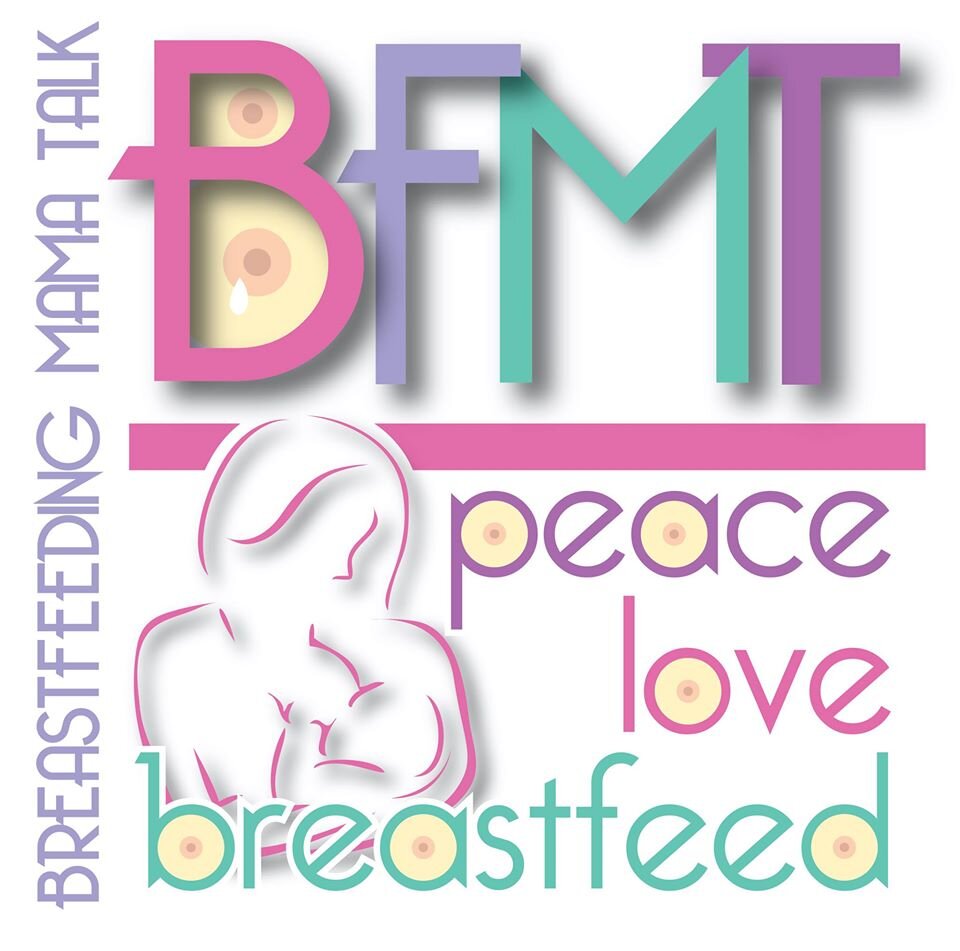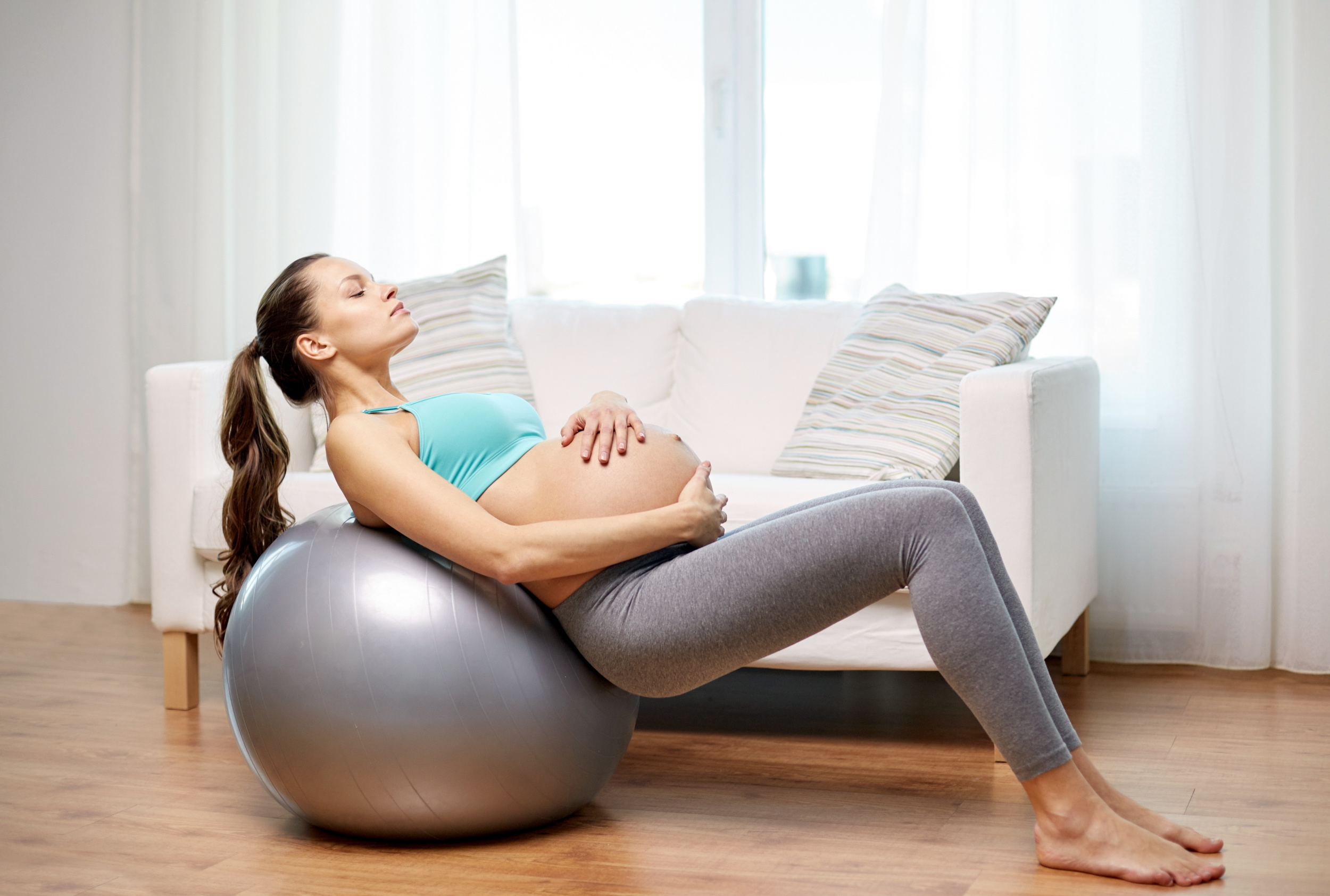Postpartum Depression
By: Resident Nurse Aimee
I got to work with a family personally, so this article is based off my observations while studying that family.
First when it comes to postpartum depression, the Canadian Mental Health Association indicates that it is extremely natural for mothers to experience mood swings in the first two weeks of the postpartum period, as their hormones are readjusting, this is known as “baby blues”. However, up to 20% of women experience these feelings continuing and lasting much longer than they should. Almost every part of a woman’s life will be affected while experiencing PPD, including their emotions, physical well-being and relationships with others. Now, the actual cause of this illness is unknown. However, it is clear that a woman who has had previous episodes of depression is more likely to experience PPD. Other risk factors include, obstetric complications, difficult or lack of relationships, and stressful events in the antenatal, labour and delivery or postpartum time (2013). The mother in my family has both experienced depression in the past and is undergoing an extreme shift in roles, which has the potential to cause great stress to their family unit.
When it comes to signs and symptoms of PPD, WebMD lays out an extensive list, which includes: lack of sleep, fatigue, appetite changes, extreme concern for the baby, lack of interest in the baby, extreme anger, feelings of panic, anxiety attacks, excessive crying, sadness, labile emotions, feelings of numbness, and thoughts of suicide (2013). A good, quick reference for a nurse or any family is the sheet of paper on PPD that is included in the discharge teaching take home resources.
One of the many reasons why it is better to prevent PPD or catch it at an early stage is that it can have a huge effect on parenting behaviours. A study done by Paulson, Dauber, and Leiferman (2006), discovered that mothers experiencing PPD are less likely to exhibit desirable health behaviours than mothers who are not experiencing PPD. These behaviours include, putting the infant on their back to sleep, being less likely to breastfeed, and being less likely to participate in playing games, reading books or singing songs to their infants. All in all, the study showed the mothers exhibiting a decreased amount of positive interactions with their infants (p. 666). These changes in parenting behaviour and the ultimate affect that it will have on the children is one of the reasons why it is important to prevent PPD from occurring, rather than try to fix it once it is present.
Before continuing onto the interventions my family and I discussed, I will point out that there are multiple mood disorders that may be exhibited in the postpartum period, such as postpartum anxiety or post-traumatic stress disorder. Furthermore, it is possible for a father to experience a version of these illnesses. However, the scope of my project only touches on PPD.
The first intervention we discussed is screening. I taught my family the signs and symptoms of PPD in order for them to be familiar with what to look for in each other. I gave them an example of taking the page from the discharge teaching and putting it on the fridge so they are reminded of what to look for and what is normal vs. not normal. This is important because as the Registered Nurses Association of Ontario (RNAO) indicates, family members are in a unique position to identify signs and symptoms of PPD in the woman, as they tend to see her often and know what her baseline behaviour is (2005, p. 33). The World Health Organization (WHO), suggests use of the Edinburgh Postnatal Depression Scale (EPDS), which they say is very useful in identifying women with symptoms of depression. A score of greater than 12 is indicative of a female who may be experiencing PPD, but of course clinical judgement must always come into play to determine if that is the case (2007). The RNAO (2005) postpartum depression best practice guidelines indicate that using the EPDS tool early on in the postpartum period can show those at risk for PPD later on. The studies they describe depict a moderate relationship between having “baby blues” and developing PPD. Furthermore, this tool has an 86% average of being accurate in predicting which women have PPD. On top of that, users of this tool indicate it is convenient and easy to use, is acceptable for use by patients and can be easily incorporated into every day practice. Lastly, it is even suggested that women use this tool by themselves to gain insight into whether they are experiencing PPD or not (p. 20-24).
The second mode of prevention I discussed with my family and that we brainstormed ideas on is self-care. The WHO suggests that nurses should promote self-care activities in new mothers during the postpartum period (2007). A study done by Chen, Kuo, Chou, and Chen (2006), discussed how in order to help all women out in the postpartum period, especially those dealing with PPD, it is imperative that nurses promote the practice of living a healthy lifestyle (p. 1558). The ideas that my family and I brainstormed consisted of: manicures/pedicures, baby and me yoga classes, taking walks, reading a book, baby and me events, taking a nap, having a bubble bath, and going to a hair salon. All of these ideas promote rest and relaxation, and make the mother focus some attention on herself. In actuality, Armstrong and Edwards (2003), discovered that women who participated in a stroller baby and me walking group improved their mental well-being and feelings of depression were decreased compared to those that did not partake in the intervention (p. 129). I believe that this is a great example of how important self-care activities are, and how they can be a protective factor against developing PPD.
The third method of prevention we discussed is social support. We drew an ecomap of all the places the family could draw support from. I found a study done by Dennis et al., (2009), which showed that women who had peer support in the first 12 weeks postpartum were half as likely to develop PPD compared to those women who had no peer support (p.6). That is a huge difference and truly illustrates what a difference a good social network can generate. The RNAO (2005), guidelines consistently agree with these findings. Their guidelines suggest that nurses facilitate the use of peer support because having someone to talk to openly who has been in a similar situation, having intimate friends to discuss life with, not having to ask for support, and not feeling socially isolated are all protective factors against the development of PPD. Lastly, the guidelines discuss how there is a huge relationship between development of PPD and a lack of social support (p. 31-33). My family unit identified each other as support, as well, as their neighbours, family members, abundance of friends – which included many on maternity leave, and their colleagues. I believe it was helpful to draw the ecomap because it indicated all this support that they had to rely on, and it showed them that they were not alone.
Resources for those at risk for PPD and those that develop PPD
Here is a great group on facebook you can join Postpartum Baby Blues.
References
Canadian Mental Health Association (2013). Post-partum depression. Retrieved on September 18, 2013.
Chen, C. M., Chou, S. F., & Chen, H.C. (2007). Postpartum Taiwanese women: their postpartum depression, social support and health-promoting lifestyle profiles. Journal of Clinical Nursing, 16, 1550-1560.
Dennis, C, L., Hodnett, E., Reisman, H. M., Kenton, L., Weston, J., Zupancic, J., Stewart, D. E., Love, L., & Kiss, A. (2009). Effect of peer support on prevention of postnatal depression among high risk women: multisite randomised controlled trial. BMJ, 338, 1-9. doi:10.1136/bmj.a3064
Kaakinen, J. R. & Hanson, S. M. H. (2010). Theoretical foundations for the nursing of families. In P. J. Maroney. (Eds.), Family Health Care Nursing: Theory, Practice and Research. 4th Edition. (pp. 63-102). United States of America: F. A. Davis Company.
Paulson, J. F., Dauber, & S., Leiferman, J. A. (2006). Individual and combined effects of postpartum depression in mother and fathers on parenting behaviours. Journal of Pediatrics, 1189(2), 659-668. doi:10.1542/peds.2005-2948
Registered Nurses Association of Ontario. (2005). Interventions for postpartum depression. Retrieved on September 17, 2013. From http://rnao.ca/bpg/guidelines/interventions-postpartum-depression
WebMD. (2013). Understanding PPD. Retrieved on September 18, 2013.












